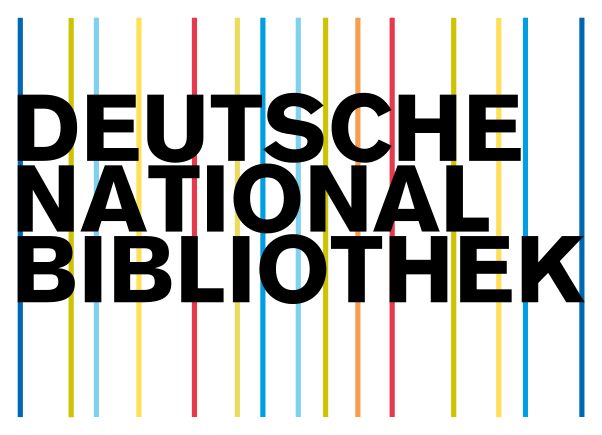Early and Efficient Detection of Glaucoma Using Image Processing and Deep Learning
DOI:
https://doi.org/10.5281/zenodo.4420085Keywords:
Glaucoma, Fundus images, Open angle glaucoma (OAG), Cup to disc ratio (CDR), Deep learning algorithms, Convolutional neural networks, Graphical User Interface (GUI)Abstract
A Chronic eye disorder called glaucoma leading to irreversible blindness by damaging the optic nerve of the eye. It is provoked due to exalted intraocular pressure inside the eye. Detecting glaucoma is the most challenging process in case of open angle glaucoma (OAG) due to lack of initial symptoms. Detecting glaucoma in the early stage is required to facilitate appropriate monitoring, treatment, and to diminish the likelihood of vision loss. In this paper, we propose a method to analyse and categorize the fundus image as glaucomatous or healthy image by considering cup to disc ratio using image processing techniques and feature extracted through Deep learning. The assessment of CDR is the foundation to detect glaucoma, the CDR value will increase from 0.6 – 0.9 when affected by this disease. In order to consider other medical parameters for glaucoma detection and to automate the detection process Deep Learning-Convolution neural network model is implemented. Overfitting is avoided by adopting data augmentation technique. To make the system user friendly and interactive Graphical user interface (GUI) application is developed. The system is trained and the results demonstrate that the technique had a good accuracy in classifying the fundus images as healthy or glaucoma.
Downloads
References
M. U. Akram and Hina raja, "Detection of Glaucoma Using Cup to Disc Ratio from Spectral Domain Optical Coherence Tomography Images," in IEEE Access, Institute of Electrical and Electronics Engineers, pp. 4560-4576, 2018.
Jamil Ahmad, etal., "Glaucoma detection through optic disc and cup segmentation using K-mean clustering," International Conference on Computing, Electronic and Electrical Engineering (ICE Cube), Quetta, 2016, pp. 143-147.
M. Naveed and A. Ramzan, "Clinical and technical perspective of glaucoma detection using OCT and fundus images: A review," 1st International Conference on Next Generation Computing Applications (NextComp), Mauritius, 2017, pp. 157-162.
X. Chen and Y. Xu, "Glaucoma detection based on deep convolutional neural network," 37th Annual International Conference of the IEEE Engineering in Medicine and Biology Society (EMBC), Milan, 2015, pp. 715-718.
S. Roychowdhury and D. D. Koozekanani, "Optic Disc Boundary and Vessel Origin Segmentation of Fundus Images," in IEEE Journal of Biomedical and Health Informatics, 2016, pp. 1562-1574.
A.K Nandi and S. Sekhar, "Automated localisation of optic disk and fovea in retinal fundus images," 16th European Signal Processing Conference, Lausanne, 2008, pp. 1-5.
Yashothara S and Atheesan S., "Automatic glaucoma detection by using funduscopic images," International Conference on Wireless Communications, Signal Processing and Networking (WiSPNET), Chennai, 2016, pp. 813-817.
U. Raghavendra etal, “Deep convolutional neural network for accurate diagnosis of glaucoma using digital fundus images”, Information Sciences,vol 441,May 2018.
M. Malathi, etal, “Optic Disc and Optic Cup Segmentation for glaucoma classification,” International Journal of Advanced Research in Computer Science and Technology IJARCST,2014.
W. Kongprawehnon, etal, “Image Processing Techniques for Glaucoma Detection Using the Cup to Disc Ratio”, Thammasat International Journal of Science and Technology, 2013.
S. Chandrika, etal, “Analysis of CDR Detection for Glaucoma Diagnosis,” International Journal of Engineering Research and Application ISSN, 2013.
Sandra Morales, etal, “CNNs for Automatic Glaucoma Assessment Using Fundus Images”, BioMed Eng OnLine, 2019.
S. Karthikeyan, etal, “Neuroretinal rim Quantification in Fundus images to detect glaucoma”, IJCSNS International journal of Computer Science and Network Security, vol 10, pp. 134-140,2010.
Kim, Ungsoo,2018, Machine learning for glaucoma. Available:https://dataverse.harvard.edu/dataset.xhtml?persistentId=doi:10.7910/DVN/1YRRA
Downloads
Published
How to Cite
Issue
Section
URN
License
Copyright (c) 2020 Perspectives in Communication, Embedded-systems and Signal-processing - PiCES/ WorldServe Online

This work is licensed under a Creative Commons Attribution 4.0 International License.






